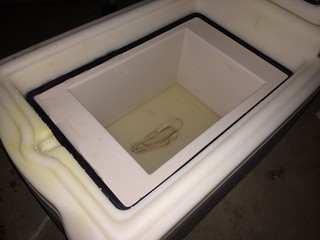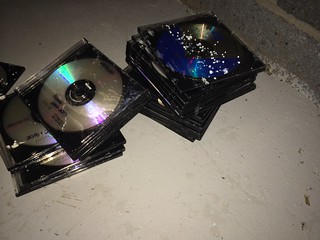Google Drive is one of my favorite apps for storing and editing documents and spreadsheets. If don’t currently use Google Drive in place of Microsoft Office, I would recommend checking it out!
That said, while it’s a useful tool, your files are being stored on somebody else’s computer, which means that if your Google account should get hacked or suspended, you will lose access to your files. Not good.
In this post, I will show you how to back up the contents of your Google Drive onto your filesystem. You will need a medium level of knowledge and some experience with the command line for this.
Installing and Configuring Rclone
First, start by downloading Rclone. Rclone is a command line app for managing, copying, and syncing files across over 40 different cloud providers. In addition to Google Drive, it has support for Dropbox, AWS S3, Microsoft OneDrive, and a whole list of cloud providers that I’ve never even heard of!
Once you have Rclone downloaded, start up its configuration wizard by typing:
rclone config


